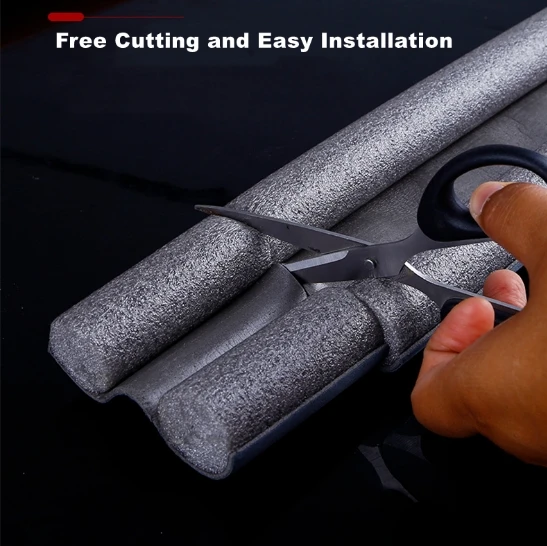Innovative Techniques for Constructing Effective Drainage Mats in Modern Engineering Projects
Drainage Mat Construction An Overview
Drainage mats, also known as drainage geocomposites or drainage layers, serve a vital role in modern construction and landscaping by managing water flow and preventing water accumulation in soil or structural systems. The construction of drainage mats combines various materials and technologies to create an efficient solution for water management in both residential and commercial projects. In this article, we will delve into the essential components, construction methods, and applications of drainage mats.
Essential Components of Drainage Mats
At the heart of drainage mat construction is the combination of porous materials that facilitate the movement of water while simultaneously preventing the intrusion of soil and sediment. Typically, drainage mats consist of three primary components
1. Core Material The core is usually made from polymeric materials such as high-density polyethylene (HDPE) or polypropylene. This core acts as a conduit for water, allowing it to flow freely while holding the structure of the mat. The design of the core can vary, with options ranging from dimpled to flat surfaces, depending on the intended application.
2. Filter Fabric A geotextile filter fabric is often attached to one or both sides of the core material. This fabric serves multiple purposes it filters out soil particles, thereby preventing clogging of the drainage pathways, and it also provides a protective layer that ensures the longevity of the mat. The choice of filter fabric is crucial, as it must strike a balance between allowing water to pass through while effectively preventing sediment infiltration.
3. Edge Sealant In some specialized applications, edge sealants are used to enhance the water resistance of the drainage mat. This feature is particularly useful in areas where water pressure is high or where the mat needs to be integrated with other waterproofing systems.
Construction Methods
The construction of drainage mats typically involves several key steps, each crucial for ensuring optimal performance
1. Site Assessment Before installation, a thorough site assessment is conducted to determine hydrological conditions, soil type, and the specific drainage needs of the project. This assessment helps in choosing the right type of drainage mat and its configuration.
2. Preparation of the Subgrade The ground where the drainage mat will be placed must be properly prepared. This may involve excavation, grading, and compaction to create a flat and stable base. If necessary, a layer of gravel may be added to enhance drainage.
drainage mat construction

3. Installation of the Drainage Mat Once the subgrade is ready, the drainage mat is unrolled and placed over the prepared area. It's essential to ensure that the mat overlaps segments adequately to prevent gaps where water could accumulate. In some cases, the drainage mat may need to be secured with stakes or anchors, particularly on sloped terrains.
4. Integration with Drainage Systems In many applications, drainage mats are integrated with additional drainage systems, such as perforated pipes or French drains. This integration enhances the overall efficiency of the water management system.
5. Backfilling After installation, the drainage mat is then typically covered with soil or gravel. Care must be taken not to disturb the mat during this process, as it could compromise its functionality.
Applications of Drainage Mats
The versatility of drainage mats allows them to be used in a variety of applications
- Landscape Drainage In residential settings, drainage mats are essential for managing water around foundations, preventing flooding, and promoting healthy plant growth by reducing waterlogging.
- Green Roof Systems In urban environments, drainage mats are a crucial component of green roofs, ensuring that excess water does not accumulate and adversely affect the structural integrity of the building.
- Retaining Walls Drainage mats help mitigate hydrostatic pressure behind retaining walls, enhancing their stability and longevity.
- Sports Fields In athletic facilities, drainage mats improve the drainage capability of the turf, allowing for quicker recovery after rainfall and maintaining playable conditions.
Conclusion
The construction of drainage mats is a significant aspect of effective water management in contemporary construction practices. With their ability to facilitate drainage, protect structures from water damage, and mitigate erosion, drainage mats prove to be invaluable in various applications. As construction materials and techniques continue to evolve, the role of drainage mats in sustainable building practices will likely expand, emphasizing the importance of efficient water management in our built environment.
-
Under Door Draught Stopper: Essential ProtectionNewsJul.31,2025
-
Garage Door Seal and Weatherstrips for ProtectionNewsJul.31,2025
-
Edge Banding Tape for Perfect EdgesNewsJul.31,2025
-
Table Corner Guards and Wall Corner ProtectorsNewsJul.31,2025
-
Stair Nose Edging Trim and Tile Stair SolutionsNewsJul.31,2025
-
Truck Bed Rubber Mats for Pickup BedsNewsJul.31,2025
-
Window Weather Stripping for Noise ReductionNewsJul.29,2025